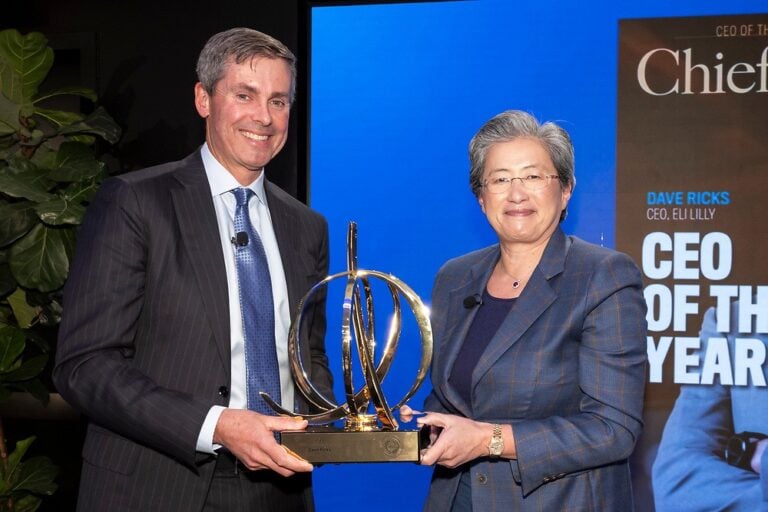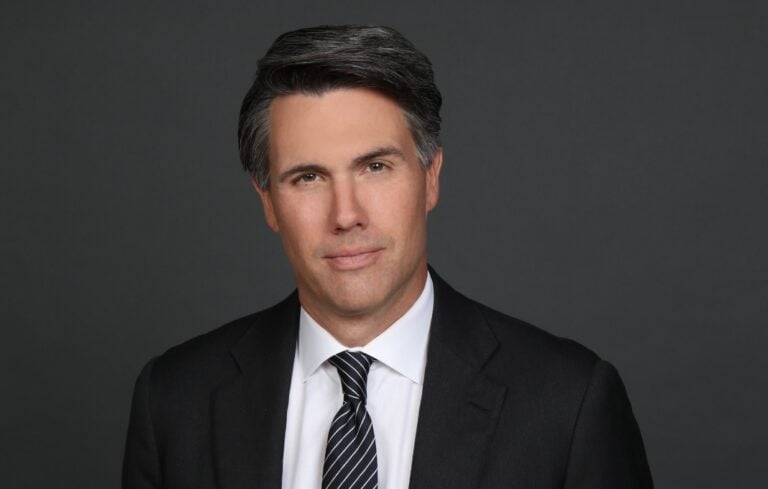


Recently, DDI released their findings from a massive, global leadership study. Two points were fascinating, because they showed a clear split between what CEOs are worried about and where they’re investing resources. While the most common concerns were “attracting and retaining top talent” and “developing the next generation of leaders,” the percent of companies that invest in coaching and their up-and-coming leaders has fallen from 79% in 2017 to 67% this year.
So why the fall off? One roadblock we hear often is that coaching takes time and energy over-burdened leaders don’t have. There’s also a mindset that executives and leaders are either good at the “people stuff” or they’re not, and that investments in helping them improve are too soft, with uncertain or unmeasurable results. DDI uncovered another reason in their data: People aren’t asking for coaching—because the coaching they get isn’t very good. Leaders who thought they got effective coaching, however, were two-times more likely to want more of it.
What happens when leaders don’t receive good coaching? They don’t seek out coaching when they need it. Without good training or role models, they don’t become effective coaches and they don’t invest their own time and energy in growing the people on their teams.
When CEOs and leaders are effective coaches, though, they’re more likely to retain talent, to develop a leadership pipeline, and to build engagement and trust, both of which are in short supply right now. How can you realize these massive, company-wide benefits?
Over more than a decade of working with some of the most successful companies in the world, such as Amazon, JP Morgan Chase, Ford, Colgate and Tik Tok, we’ve found that building a strong, sustainable coaching culture requires one overriding goal: Empower people to fuel their own development and happiness, with the right support along the way. Any company can make that idea a reality, making coaching efficient and manageable, by weaving three principles into their coaching and development approach.
It’s almost impossible to coach somebody who has no idea what they really want. To be receptive to coaching and change, the brain science tells us, we have to be emotionally motivated and logically engaged, and that only happens when we have a vision of the future that lights us up and is specific enough to give us clarity about how to move forward.
The right kind of vision is more than a list of goals. It’s a vivid picture of the future that helps people overcome limiting beliefs and fear of taking appropriate risks, improve their outlook, and dream in color about their whole lives. It should balance professional outcomes and culture goals with the personal outcomes and growth goals they want to play for.
Don’t ignore the word “declare.” People should share their vision, even if only in part, with their manager and colleagues (and friends and family, ideally), building their own team of cheerleaders and supporters.
Once a leader gets aligned on key professional outcomes, they can then find out what kind of support the person feels they need. One leader in our program heard from a few people on her team that to achieve their professional and personal growth outcomes, they could use more face time with executives. She organized “bright spots” sessions with a few executives twice a year. Anybody on her team could bring ideas, successes or learning moments to share. It was a huge success for her people and the company.
Mindset or attitude is one of the hardest things to coach for—and it’s the shortest path to changing behavior and results. The challenge we’re up against is that the human brain creates stories about our experiences that are often negative and rarely based on fact or reality. Then, it continues to look for proof that our stories are right, often referred to as confirmation bias.
So how do you lessen the burden for leaders and empower individuals? By coaching them to choose a new perspective for themselves. It’s much faster and more effective to help people learn that while we may not be able to control situations or people or events, we always have the power to choose our perspective.
Andy was an executive, managing a large team. Marni led another department that worked closely with Andy’s. Andy’s story about Marni was disempowering: She was difficult to work with, never listened and refused to collaborate.
“What are the costs of this story, to you and your team?” Andy’s boss asked, because every negative story comes with costs. Andy described feeling frustrated and resentful at the end of most days. It was having a negative impact on his work, his team and his personal life. Andy’s manager prompted him to brainstorm new possible perspectives. After some discussion, Andy chose to make a dramatic shift to “Marni is essential to my success; she and I have the same goals.”
Andy next considered the question, “With this new lens, what will be different?” He decided that if Marni was essential to his success, she should be more informed about his team’s priorities—and he invited her to their weekly meetings. He was amazed when she turned up and sat quietly, taking notes. Month by month, Andy’s new perspective shifted his thinking and behavior, which created room for Marni to respond differently. Six months later, their working relationship was dramatically different.
“I’m so tired of solving other people’s problems.” We can’t tell you how often we hear this from leaders and managers. The solution is to stop doing it—to stop talking and get curious. This can take more time initially but will have a huge impact on people’s growth in the long-term. Leaders are often programmed to think that solving and fixing is the best and fastest way to help. It usually isn’t. Instead, if we hold back, get curious, and ask questions, we’ll find ourselves amazed by the creativity and problem-solving brilliance of the people around us. Because the ideas are theirs, they’re more likely to implement them and follow through. Just like that, we’re freed up to devote our time and energy to other critical priorities.
Teaching basic listening skills and arming leaders with a short list of good coaching questions, like “What could you do about it?” and “How would you like it to look?” and even “Can you tell me more about that?” will make every opportunity for coaching more efficient and effective.
Coaching matters—to retain the best employees and to generate the desired results. When CEOs lead the charge to model good coaching and recognize managers who are strong coaches, people will feel empowered and motivated. They’ll be given the tools to take ownership of their own career development and success.



0

1:00 - 5:00 pm
Over 70% of Executives Surveyed Agree: Many Strategic Planning Efforts Lack Systematic Approach Tips for Enhancing Your Strategic Planning Process
Executives expressed frustration with their current strategic planning process. Issues include:
Steve Rutan and Denise Harrison have put together an afternoon workshop that will provide the tools you need to address these concerns. They have worked with hundreds of executives to develop a systematic approach that will enable your team to make better decisions during strategic planning. Steve and Denise will walk you through exercises for prioritizing your lists and steps that will reset and reinvigorate your process. This will be a hands-on workshop that will enable you to think about your business as you use the tools that are being presented. If you are ready for a Strategic Planning tune-up, select this workshop in your registration form. The additional fee of $695 will be added to your total.

2:00 - 5:00 pm
Female leaders face the same issues all leaders do, but they often face additional challenges too. In this peer session, we will facilitate a discussion of best practices and how to overcome common barriers to help women leaders be more effective within and outside their organizations.
Limited space available.

10:30 - 5:00 pm
General’s Retreat at Hermitage Golf Course
Sponsored by UBS
General’s Retreat, built in 1986 with architect Gary Roger Baird, has been voted the “Best Golf Course in Nashville” and is a “must play” when visiting the Nashville, Tennessee area. With the beautiful setting along the Cumberland River, golfers of all capabilities will thoroughly enjoy the golf, scenery and hospitality.
The golf outing fee includes transportation to and from the hotel, greens/cart fees, use of practice facilities, and boxed lunch. The bus will leave the hotel at 10:30 am for a noon shotgun start and return to the hotel after the cocktail reception following the completion of the round.